Let's talk Siberian Huskies
Handsome as all get out and incredibly smart, the Siberian Husky is a truly amazing breed for the right owner. And one who is very active. Many recognise the Husky for their abilities in the dogsledding world, but the breed has also gained popularity over the past few years in more domestic settings for its very affable spirit. Known as a pack dog, Siberian Huskies are most content when with their pals—both dog and human. Despite their strong build, a guard dog they are not: The Siberian Husky is immensely friendly.
Official name: Siberian Husky
Other names: Siberians, Husky, Chukcha
Origins: Siberia, Russia
Drooling tendencies
3 out of 5Grooming needs
3 out of 5Shedding Level
3 out of 5Barking tendencies
5 out of 5Energy level*
5 out of 5Compatibility with other pets
4 out of 5Warm weather?
1 out of 5Cold weather?
5 out of 5Suited to apartment living
2 out of 5Can stay alone
5 out of 5Family pet?*
3 out of 5
| Male | Female |
|---|---|
| Height | Height |
| 53 - 60 cm | 51 - 56 cm |
| Weight | Weight |
| 20.5 - 28 kg | 15.5 - 23 kg |
| Life stages | |
|---|---|
| Adult | |
| 1 to 7 years | |
| Mature | Senior |
| 7 to 10 years | From 10 years |
| Baby | |
| Birth to 2 months | |
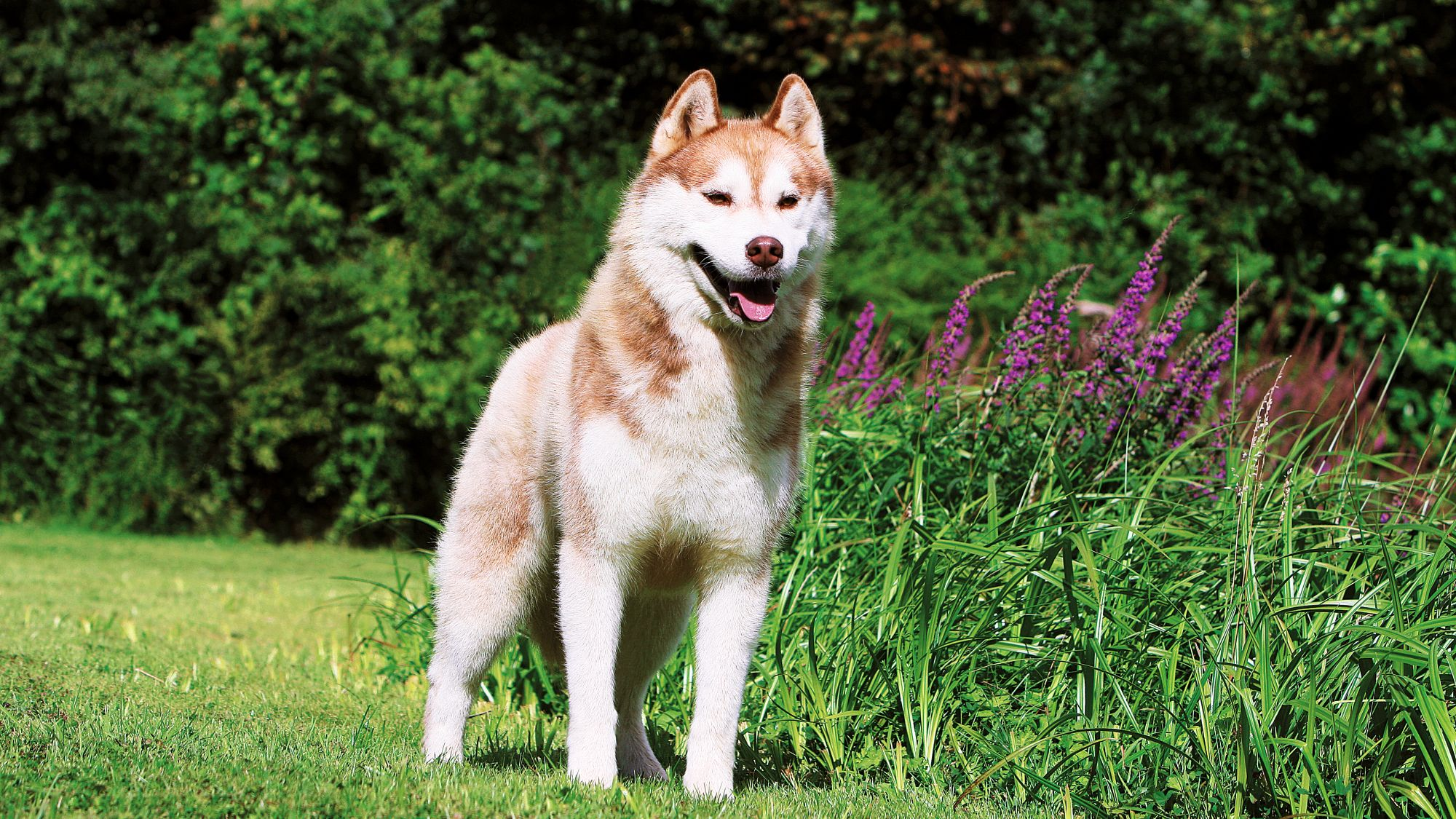
Get to know the Siberian Husky
All you need to know about the breed
Perhaps there is no perfect dog but Siberian Huskies might disagree with you: Athletic, highly intelligent, clean, sweet, and innately affectionate, the breed that made its reputation by sledding through cold northern climes is now a favorite with families. Classified as a hyperactive dog, the Siberian Husky temperament is docile in equal measure.
Born pack dogs, it can’t be stressed enough that the Siberian Husky needs to run, and needs a job to do. The breed is not a dog for first-time dog owners. That said, they are hugely loyal, though, and thrive in a family as well as canine unit, not faring well when left alone for long periods of time. It is said of the Siberian that they almost choose whether their owner is worthy of them than the other way around.
A stunning dog, the Siberian Husky has become a favourite on the dog show circuit, with their sumptuous yet clean-cut coat and upbeat demeanour making them a standout. The breed is found in many colorations, from black and white, to grey, to red and white to all-white and can often have two different-colored eyes to boot. A plus not found in many dogs: The Siberian Husky is graced with little body odour and is one to self-groom. Little-to-no bathing is necessary and waterless works to preserve the natural oils found in their fur.
Patient, calm training is best from a very early age, and respect in all commands as the breed has a rep for being hard to train. Call them over-confident, but with their amiable side, they’ll fall in line soon enough. The Siberian possesses a high prey drive, so keep the family hamster in its cage.
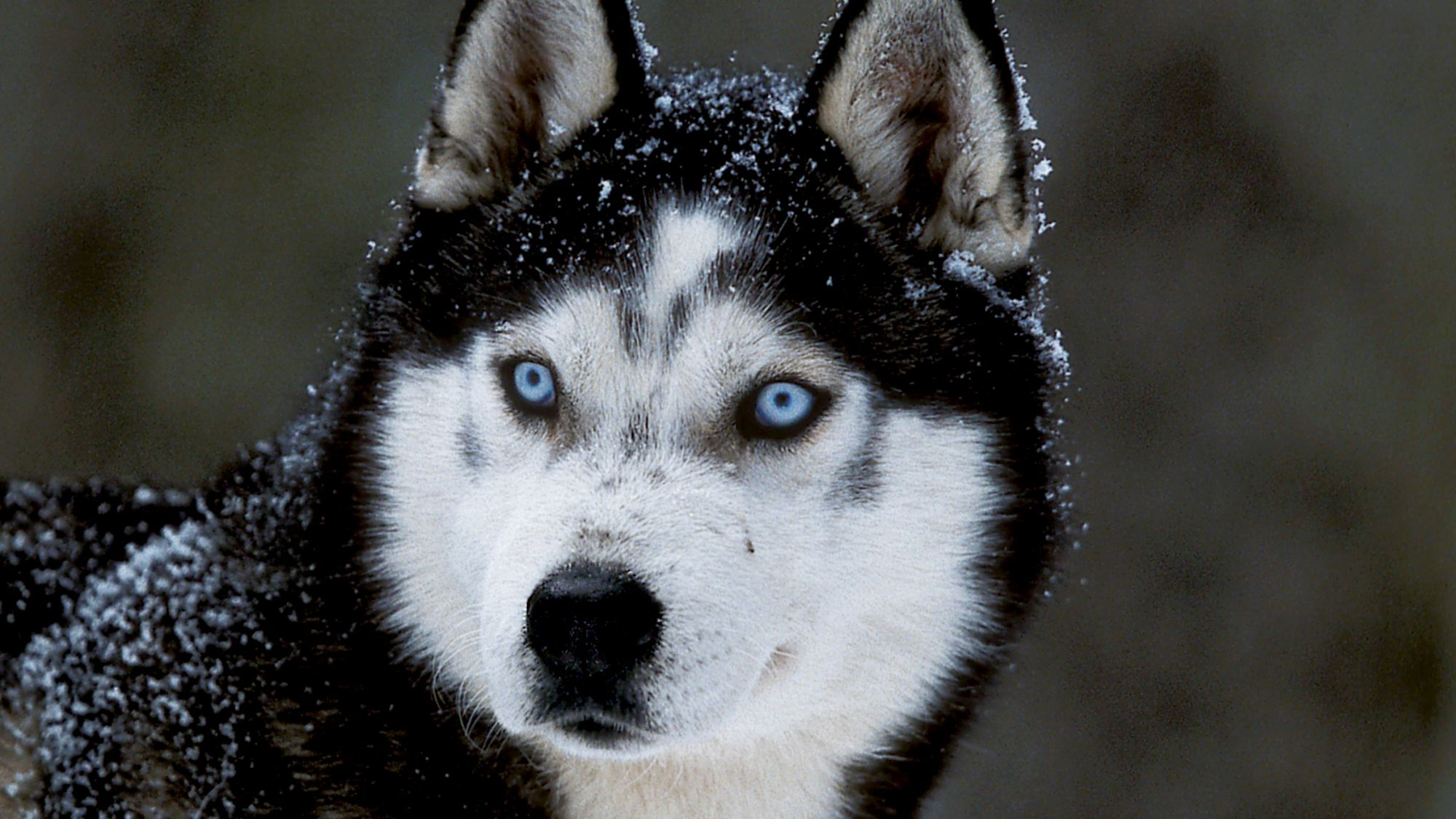
2 facts about Siberian Huskies
1. Odour isn’t an issue
Dog lovers who tend toward the fastidious will delight in a breed almost absent of body odour. The Siberian Husky is blessed with the natural occurrence of minimal pungence, a factor that will please those who value the same.
2. Who’s counting calories?
A Siberian Husky’s energy is nonstop so weight gain isn’t a worry for the breed. Double-check their belly by feeling beneath their thick coat, just to make sure. Maybe you can sneak in a belly rub at the same time.
History of the breed
A sled dog from way back, the Siberian Husky hails from Siberia, the northernmost Russian region that necessitated a robust dog tolerant of the frigid temperatures there. Siberian’s ancestors were developed by the Chukchi, indigenous people who needed dogs to pull their sleds. As temperatures changed in the region and the Chukchi shifted their hunting grounds, they needed a dog that could haul many goods over long distances in temperatures well below zero.
Their sledding heritage took its competitive turn at the beginning of the 20th Century when a Russian fur merchant involved the breed in a 653km race in Alaska. Soon, an adoring public took notice and the breed has remained highly popular ever since.
Siberian Huskies were recognised as a breed in 1966.
From head to tail
Physical characteristics of Siberian Huskies
1.Ears
2.Head
3.Body
4.Tail
5.Coat
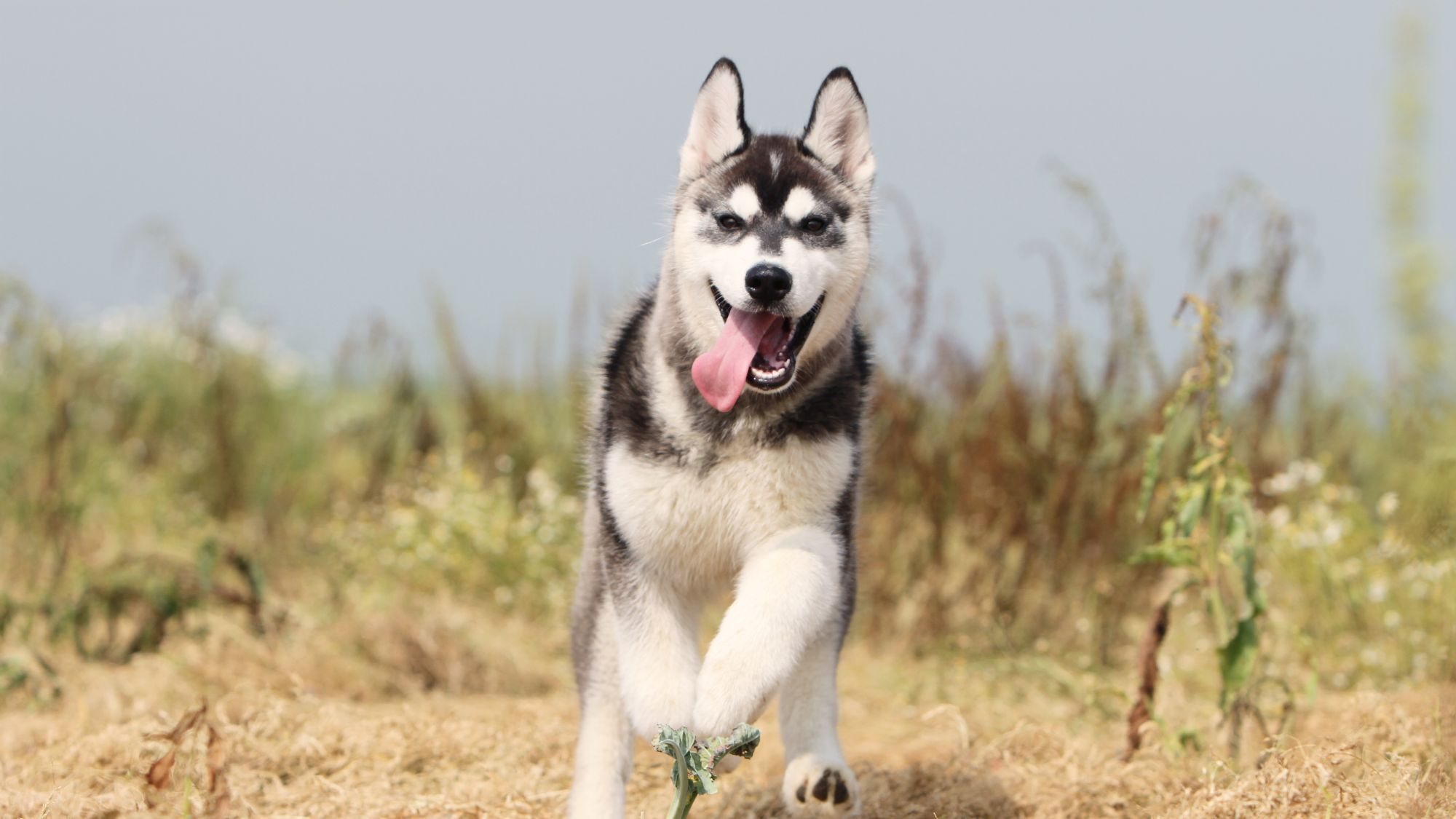
Things to look out for
From specific breed traits to a general health overview, here are some interesting facts about your Siberian Husky
Hip dysplasia can happen
With their sledding history, the very athletic Siberian Husky is happiest when running or pulling a sled but as a result, can possibly develop hip dysplasia. Throughout puppyhood, monitor your dog’s activity to prevent the hip joint from dislocating and keep activity reasonable. You’ve got this!
They’re not huge eaters
Years as a sled dog traveling over very long distances has resulted in Siberian Huskies’ ability to exist on fewer calories than many active dogs of its ilk. Discuss the right feeding proportion with a breeder who knows Siberians well to reach the right caloric level. It’s smooth sailing from there.
Siberian Husky = Houdini
Those who know the breed know them to be escape artists, with an immense curiosity that has them at times wandering off. This could lead to accidents, or worse, and getting lost. The best move? Keep your Siberian in a well-enclosed yard with a fence dug deep into the ground.
Healthy diet, healthier dog
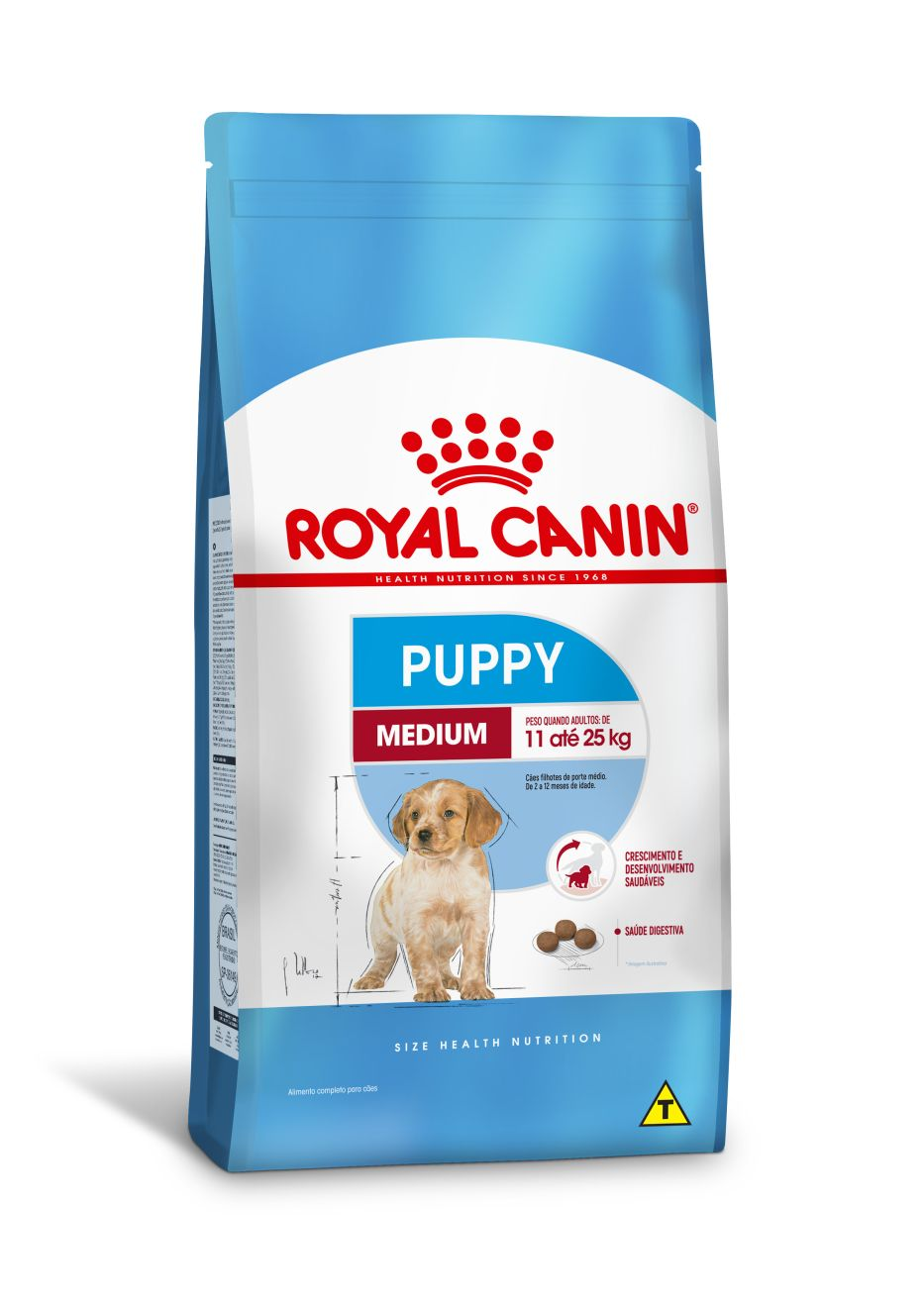
When choosing food for a Siberian Husky, there are many factors to consider: their age, lifestyle, activity level, physiological condition, and health including potential sickness or sensitivities. Food provides energy to cover a dog’s vital functions, and a complete nutritional formula should contain an adjusted balance of nutrients to avoid any deficiency or excess in their diet, both of which could have adverse effects on the dog.
When choosing food for a Siberian Husky, there are many factors to consider: their age, lifestyle, activity level, physiological condition, and health including potential sickness or sensitivities. Food provides energy to cover a dog’s vital functions, and a complete nutritional formula should contain an adjusted balance of nutrients to avoid any deficiency or excess in their diet, both of which could have adverse effects on the dog.
Clean and fresh water should be available at all times to support good urinary regularity. In hot weather and especially when out exercising, bring water along for your dog’s frequent water breaks.
Energy intake may also have to be adapted to the climatic conditions. A dog that lives outdoors in winter will have increased energy requirements.
The following recommendations are for healthy animals. If your dog has health problems, please consult your veterinarian who will prescribe an exclusively veterinary diet.
A Siberian Husky puppy’s requirements, in terms of energy, protein, minerals, and vitamins, are much greater than those of an adult dog. They need energy and nutrients to maintain their body, but also to grow and build it. Until they are 12 months old, a Siberian Husky puppy’s immune system develops gradually. A complex of antioxidants - including vitamin E - can help support their natural defences during this time of big changes, discoveries, and new encounters. Their digestive functions are different from an adult Siberian Husky’s, too: their digestive system is not mature yet so it’s important to provide highly digestible proteins that will be effectively used. Prebiotics, such as fructo-oligosaccharides, support digestive health by helping balance the intestinal flora, resulting in good stool quality.
Similarly, a puppy’s teeth – starting with the milk teeth, or first teeth, then the permanent teeth – are an important factor that needs to be taken into account when choosing the size, shape, and texture of kibble. This short growth phase also means high energy needs, so the food must have a high energy content (expressed in Kcal/100g of food), while concentrations of all other nutrients will also be higher than normal in a specially formulated growth food. It is recommended to split the daily allowance into three meals until they are six months old, then to switch to two meals per day.
Throughout their life, it is important to avoid feeding Siberian Huskies human foods or fatty snacks. Instead, reward them with kibble taken from their daily meal allowance, and strictly follow the feeding guidelines written on the package in order to prevent excessive weight gain.
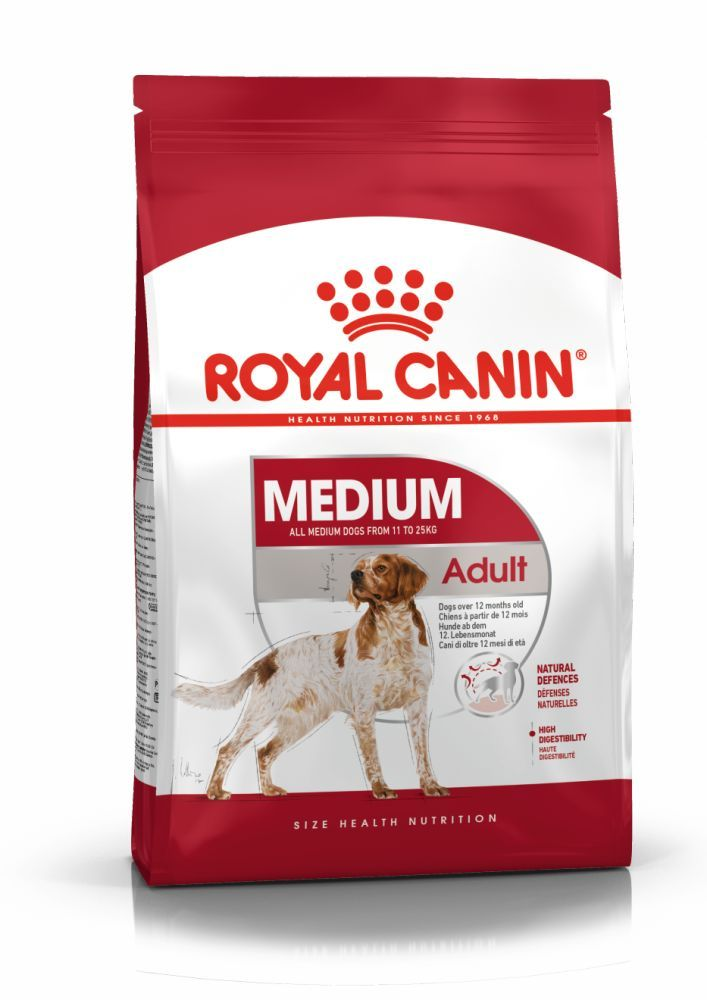
The main nutritional goals for adult Siberian Huskies are:
Maintaining an ideal body weight by using highly digestible ingredients and keeping the fat content at a sensible level
Promoting optimal digestibility with high quality protein and a balanced supply of dietary fibre.
Helping to preserve the health and beauty of the skin and coat with the enriched addition of essential fatty acids (especially EPA-DHA), essential amino acids, and B vitamins.
To help support their natural defences, a formula enriched with an antioxidant complex and containing mannan-oligosaccharides is recommended.
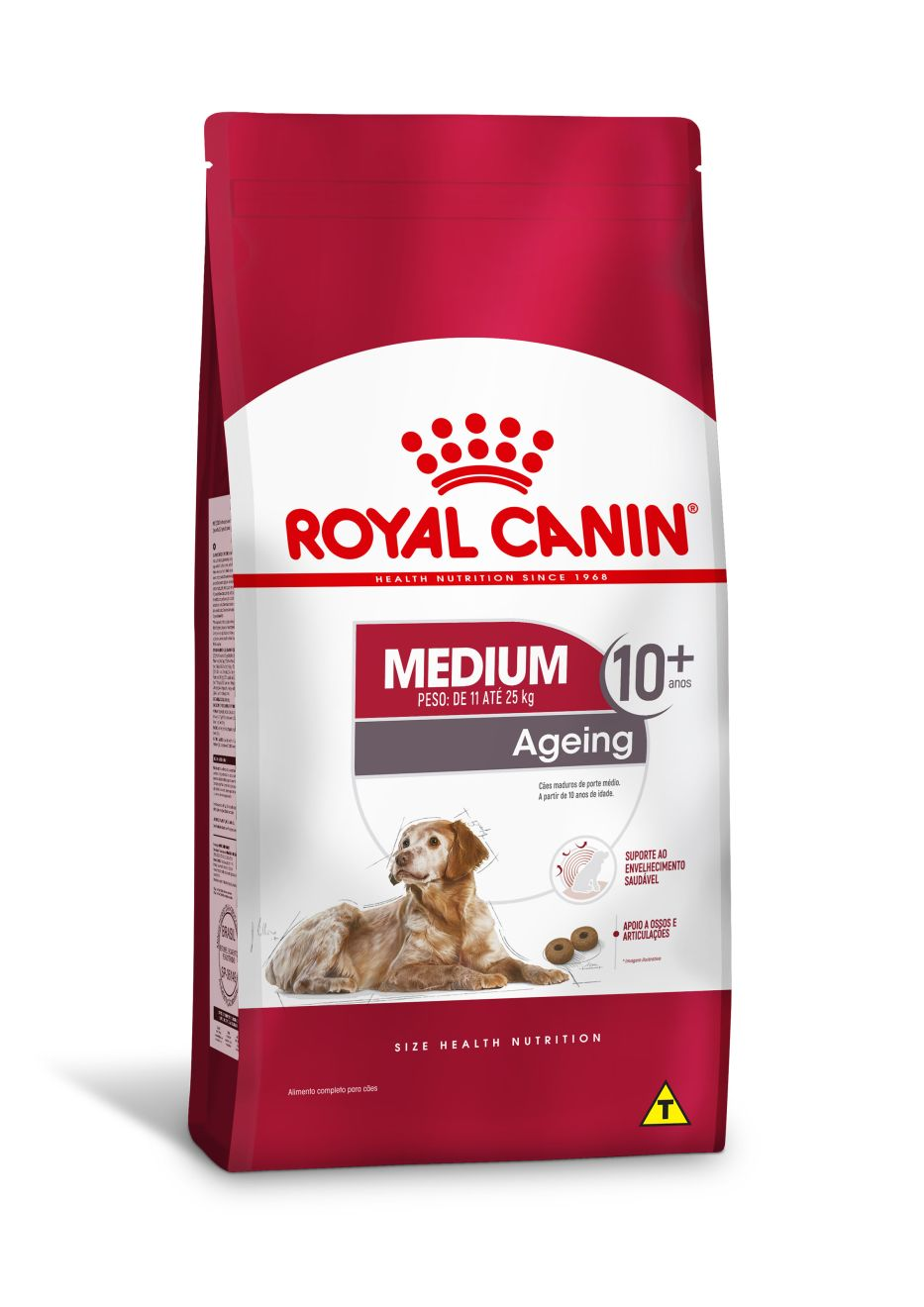
After 7 years old, Siberian Huskies start facing the first signs of ageing. A formula enriched with antioxidants will help maintain their vitality, and specific nutrients, such as chondroitin and glucosamine, will help maintain healthy bones and joints. Ageing is also accompanied by the modification of digestive capacities and particular nutritional requirements, so food for older Siberian Huskies should have the following characteristics:
Higher vitamin C and E content. These nutrients have antioxidant properties, helping to protect the body’s cells against the harmful effects of the oxidative stress linked to ageing.
High-quality protein. Contrary to a widely held misconception, lowering the protein content in food brings little benefit in limiting kidney failure. In addition, older dogs are less efficient at using dietary protein than younger dogs. Reducing the phosphorus content is a good way of slowing down the gradual deterioration of kidney function.
A higher proportion of the trace elements iron, copper, zinc, and manganese to help maintain good condition of the skin and coat.
A higher quantity of polyunsaturated fatty acids to help maintain the quality of the coat. Dogs can normally produce these fatty acids, but ageing can affect this physiological process.
As they age, dogs increasingly suffer from teeth problems. To ensure they continue to eat in sufficient quantities, the shape, size and hardness of their kibble needs to be tailored to their jaw.
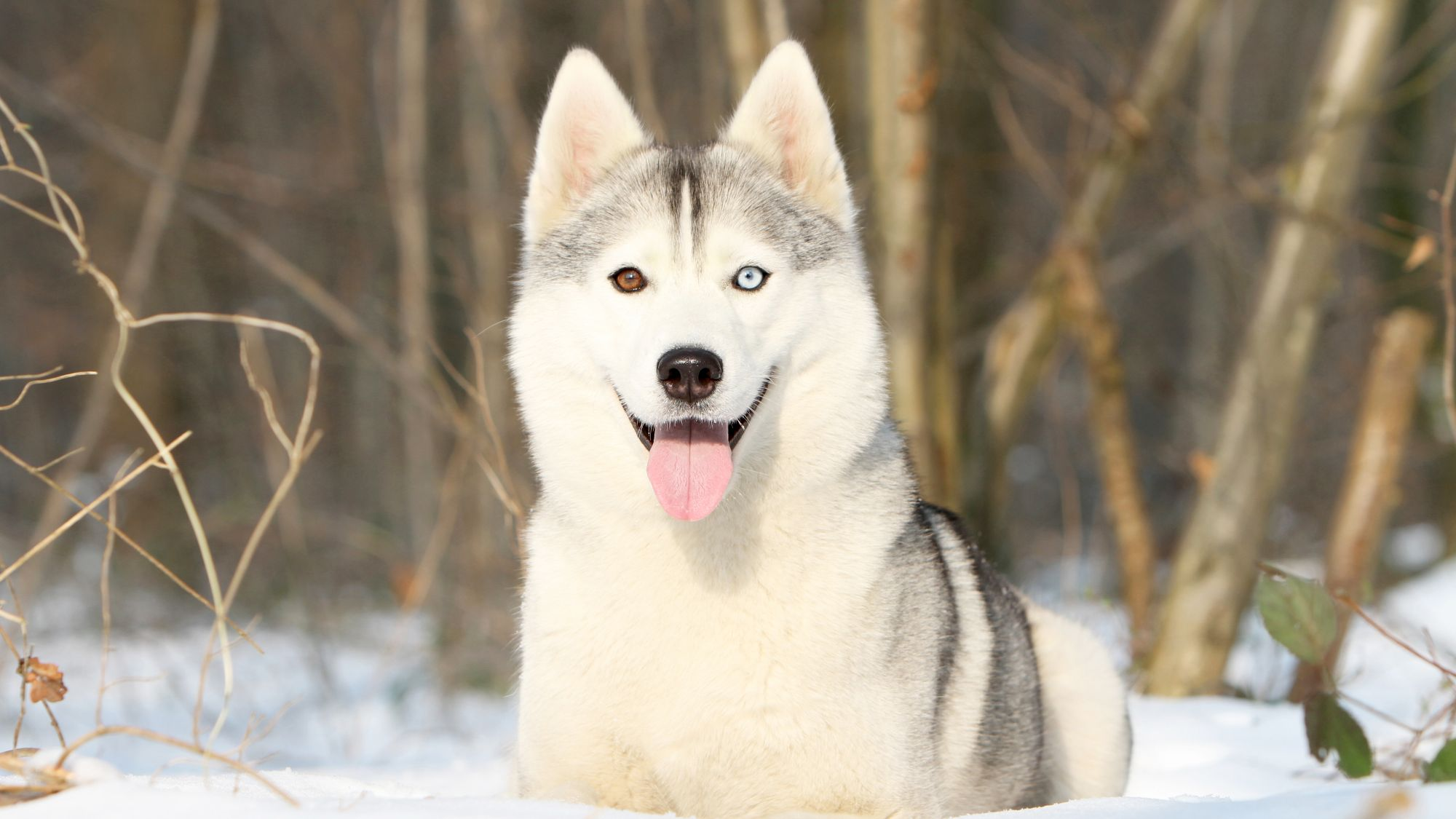
Caring for your Siberian Husky
Grooming, training and exercise tips
Daily exercise is a necessity for the Siberian Husky. The breed is happiest when it has a job to do - even if it’s accompanying you on a long walk. Bred for hauling loads over long, icy distances, the Siberian Husky has an innate desire to run, for as long as it can. To prevent the dog from running off though - which they may, if given the chance - keeping them on a lead when out is key unless kept in a very well-enclosed area.
The thick double coat of the Siberian Husky needs brushing weekly and a bath only a few times a year, depending on the dirt level, of course. Does the Siberian Husky shed? The breed is considered an above-average shedder - to be noted! - and twice a year, they will shed their undercoat entirely. A pin brush and metal comb will help owners rake out the old coat. Incredibly active, the Siberian will benefit from regular mani-pedis to guard against potential cracks, chips, or splits.
Easily trained and highly responsive, the Siberian Husky benefits from sessions being fun. This is a very social breed who thrives in the company of people and other dogs. Utilising a breed-specific trainer is vital from the dog’s young age, and obedience training will provide necessary mental stimulation. If raising your Siberian to work in harness and for sledding, consult the right trainer or breeder for advice.
7/7
All about Siberian Huskies
All about Siberian Huskies
Playfulness is one of the Siberian Husky’s best traits, as is their affection for everyone they meet, including fellow dogs. Very athletic and highly agile, the Siberian Husky’s worst flaw is that they can do a disappearing act. A well closed-in yard with a secure fence is kind of a must-have.
Despite their wolf-like appearance, the breed is anything but combative. Reports abound from owners about the breed’s playfulness and highly social manner. The American Kennel Club ranks them as a non-aggressive breed, and notes that Siberian Huskies welcome strangers and those they know - both animal and human - into their sphere with relish.
Suggested Breeds
Read more on this topic
Sources
- Veterinary Centers of America https://vcahospitals.com/;
- Royal Canin Dog Encyclopaedia. Ed 2010 and 2020
- Banfield Pet Hospital https://www.banfield.com/
- Royal Canin BHN Product Book
- American Kennel Club https://www.akc.org/
Like & share this page